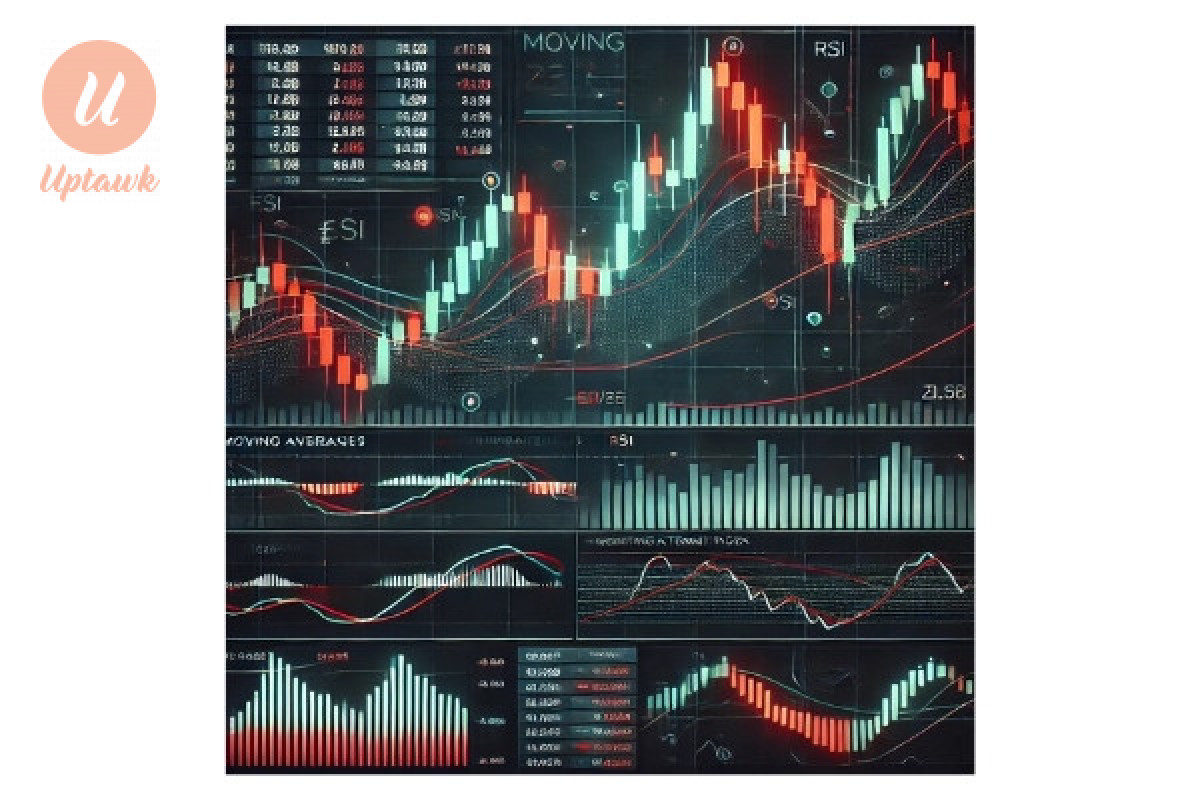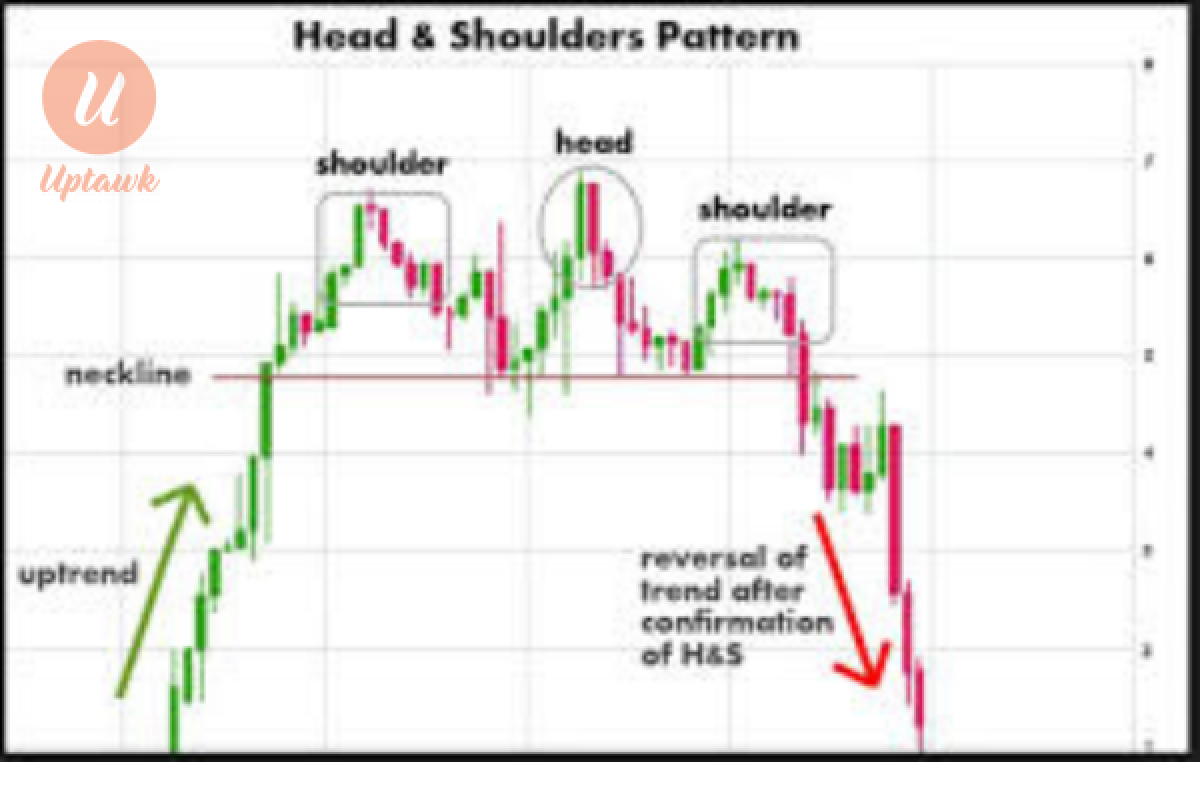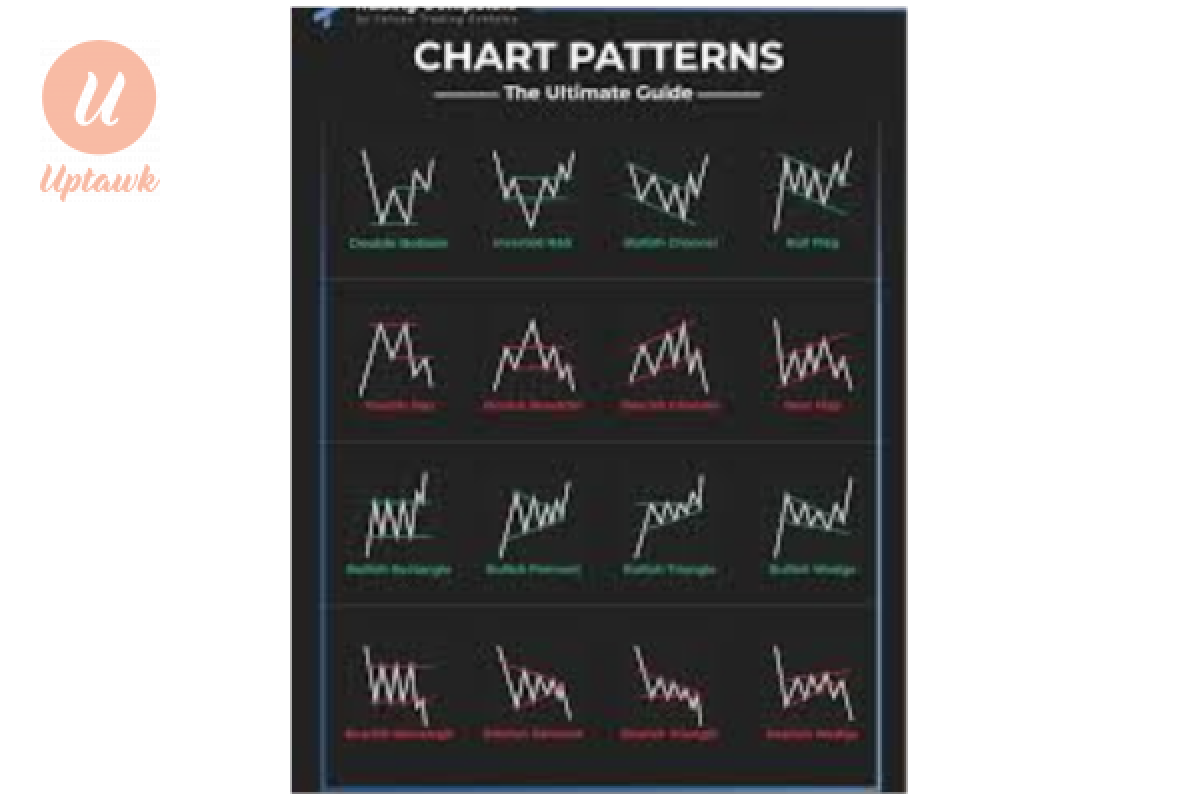
Share on :
Important of Risk management
Let’s break down each of these concepts related to risk management in Forex trading. These are critical elements for anyone looking to trade in the financial effectively while minimizing potential losses.
Risk Management
Risk management in Forex refers to the strategies and techniques traders use to protect their capital from significant losses. Forex markets are highly volatile, with prices influenced by economic data, geopolitical events, and market sentiment. Without proper risk management, a trader could quickly lose their entire account due to unpredictable price swings. It involves identifying potential risks (like market volatility or unexpected news), assessing their impact, and implementing measures to mitigate them. Essentially, it’s about surviving in the game long enough to profit consistently.
Importance of Risk Management in Forex
The Forex market is a double-edged sword—high potential rewards come with equally high risks. Leverage, rapid price movements, and 24/5 trading mean that losses can pile up fast if unchecked. Risk management is crucial because it:
• Preserves Capital: Ensures you don’t blow your account on a single bad trade.
• Reduces Emotional Stress: A clear plan prevents decisions.
• Promotes Consistency: Helps you trade systematically rather than gambling.
• Handles Uncertainty: Markets are unpredictable; risk management keeps you prepared for worst-case scenarios.
Without it, even a winning strategy can fail due to one oversized loss wiping out all gains.
Setting Stop-Loss and Take-Profit Levels
• Stop-Loss (SL): This is an order placed with your broker to automatically close a trade at a predetermined price to limit losses. For example, if you buy EUR/USD at 1.1000 and set a stop-loss at 1.0950, your trade exits if the price drops to 1.0950, capping your loss at 50 pips. It’s your safety net against runaway losses.
• Take-Profit (TP): This is the opposite—an order to close a trade at a set profit target. If you buy at 1.1000 and set a take-profit at 1.1100, the trade closes at 100 pips profit. It locks in gains before the market reverses.
Together, SL and TP define your trade’s risk and reward boundaries upfront, removing guesswork and emotional interference.
Position Sizing and Risk-Reward Ratio
• Position Sizing: This determines how much of your account you risk on a single trade, usually expressed as a percentage (e.g., 1-2% of capital). It’s calculated based on your stop-loss distance and account size. For instance, with a $10,000 account risking 1% ($100), if your stop-loss is 50 pips, you’d adjust your lot size so 50 pips equals $100. Proper sizing prevents overexposure.
• Risk-Reward Ratio (RRR): This compares the potential loss (risk) to the potential gain (reward). A 1:2 RRR means you risk $1 to make $2. For example, with a 50-pip stop-loss and a 100-pip take-profit, your RRR is 1:2. A good RRR (typically 1:2 or higher) ensures that winning trades outweigh losing ones over time, even if you don’t win every trade.
Managing Leverage and Avoiding Overtrading
• Managing Leverage: Forex brokers offer leverage (e.g., 50:1), letting you control large positions with small capital. If you have $1,000, 50:1 leverage means you can trade $50,000. While this amplifies profits, it also magnifies losses. Managing leverage means using it conservatively—say, 5:1 or 10:1—to avoid margin calls or account blowouts when trades go against you.
• Avoiding Overtrading: This is when you take too many trades, often driven by emotion (like chasing losses) or boredom. It increases transaction costs (spreads) and risk exposure. To avoid it, stick to a trading plan, limit daily trades, and only act on high-probability setups. Quality over quantity keeps risk in check.
In summary, risk management in Forex is about balancing the pursuit of profit with the preservation of capital. By setting stop-loss and take-profit levels, sizing positions wisely, maintaining a favorable risk-reward ratio, and using leverage cautiously while avoiding overtrading, you create a framework to trade sustainably and profitably. It’s less about avoiding losses entirely (impossible in trading) and more about ensuring losses don’t derail your long-term goals.






Comments 0 Comment